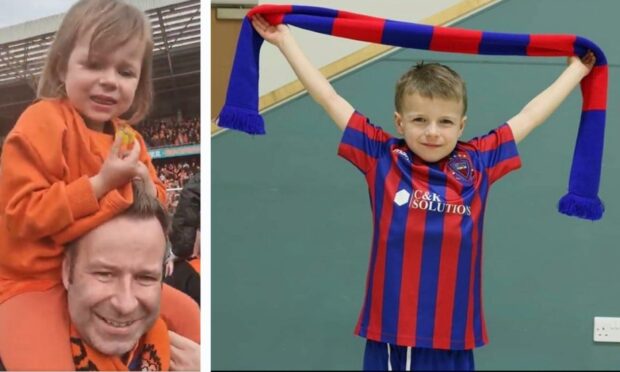Thirty elderly patients per year are dying in Tayside hospitals despite being fit enough to leave in what has been branded an “incredibly sad” situation.
Leading charity Age Scotland say hit out ta figures showing 154 elderly patients have died “stuck in hospitals” in the region over the last five years shows patients are not being afforded enough dignity in death.
The majority remained ‘improperly in hospital’ after finishing treatment and died while awaiting for appropriate arrangements to be made, such as at home or in care homes.
Post-hospital arrangements need to be made with the help of health and social care partnerships in each of Angus, Dundee, and Perth.
NHS Tayside say they have been working “very closely” with these organisations to reduce delayed discharges but stressed patients often have “highly complicated” health and social care issues.
Brian Sloan, chief executive of Age Scotland, said the health of elderly patients can wane drastically if kept in hospital instead of returning to a more normal life.
He said: “It is incredibly sad to hear about the older people who die in hospital while waiting to be discharged and return home.
“It will not be where they would have wanted to die nor will it be what the hospital would have wanted. It is really important that we can ensure some level of dignity in death.
“The longer someone stays in hospital, particularly those who are older, beyond the time they are fit to leave, the harder it becomes for them to fully recover.
“Far too many older people are stuck in hospital long after they are deemed well enough to be discharged because the social care support for them is not yet available.”
The patients passed away between April 2014 and March 2019. NHS Tayside does not release annual statistics for the deaths.
It comes just a few months after it was revealed seven people in Tayside who had been medically discharged had to wait more than a year to leave, including one who waited for over two years.
Two thirds of those who died were older than 80 while a quarter were between 70 and 79.
A dozen were aged between 60 and 69 and five were between 50 and 59.
A spokesperson for NHS Tayside said: “Our commitment to patients is that they should not have to wait unnecessarily for the most appropriate care to be provided after treatment.
“NHS Tayside has been working very closely with the three health and social care partnerships and third sector partners in Angus, Dundee and Perth & Kinross to build sustainable solutions that seek to reduce unscheduled care demand, and avoid unnecessary delays in discharging patients from hospital.
“Some patients may have highly complicated health and social care difficulties, and need specialist, high quality care provision in place before their discharge from hospital.
“There can be delays in arranging this type of specialist provision. Reasons for this include the recruitment of skilled care staff, and also the need for housing to be adapted to the needs of the service user. Sometimes the patient’s needs can change after a period of stability, and it can also take time to get necessary legal safeguards in place before someone can be discharged home.”










